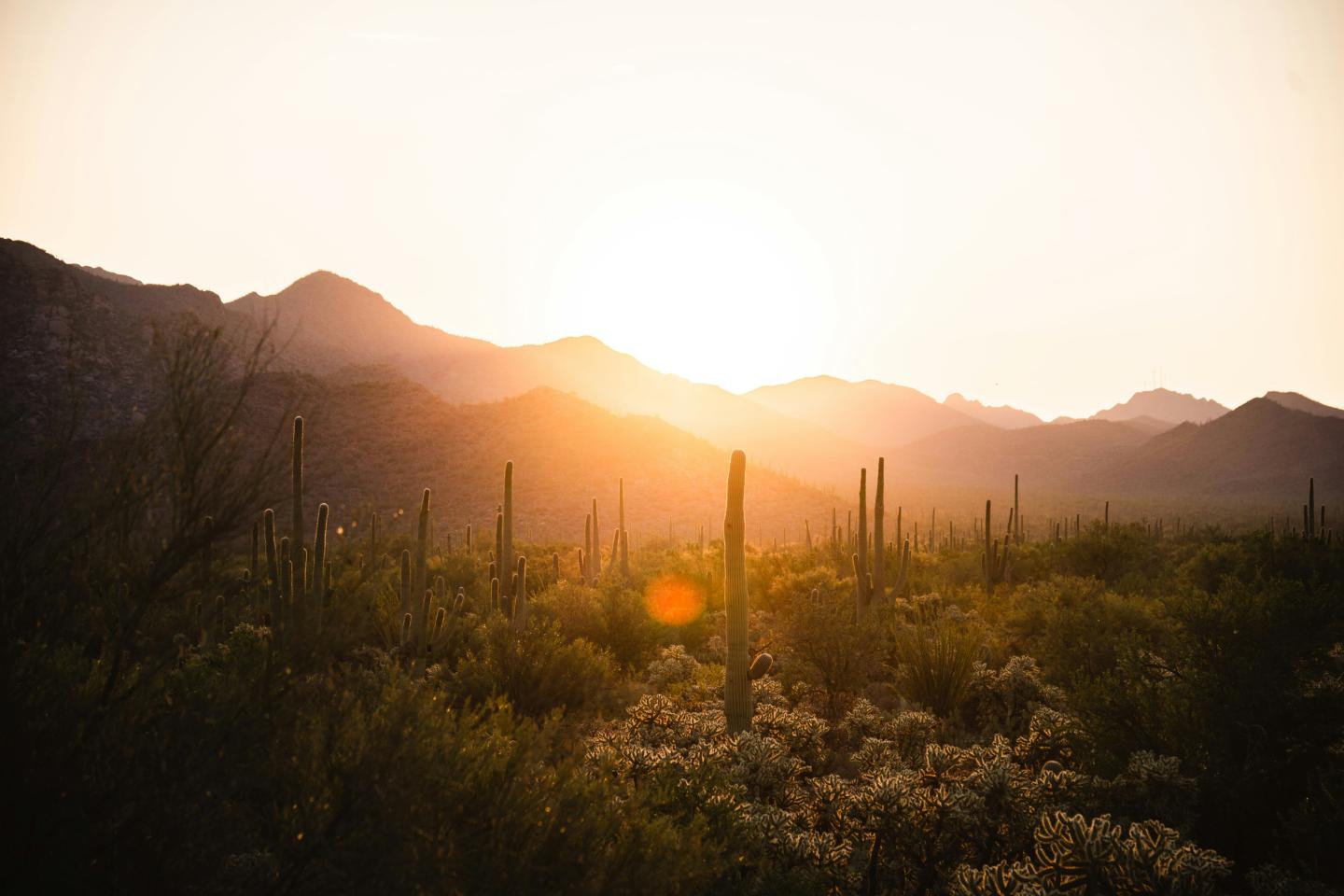
1 day at Fort Scott National Historic Site
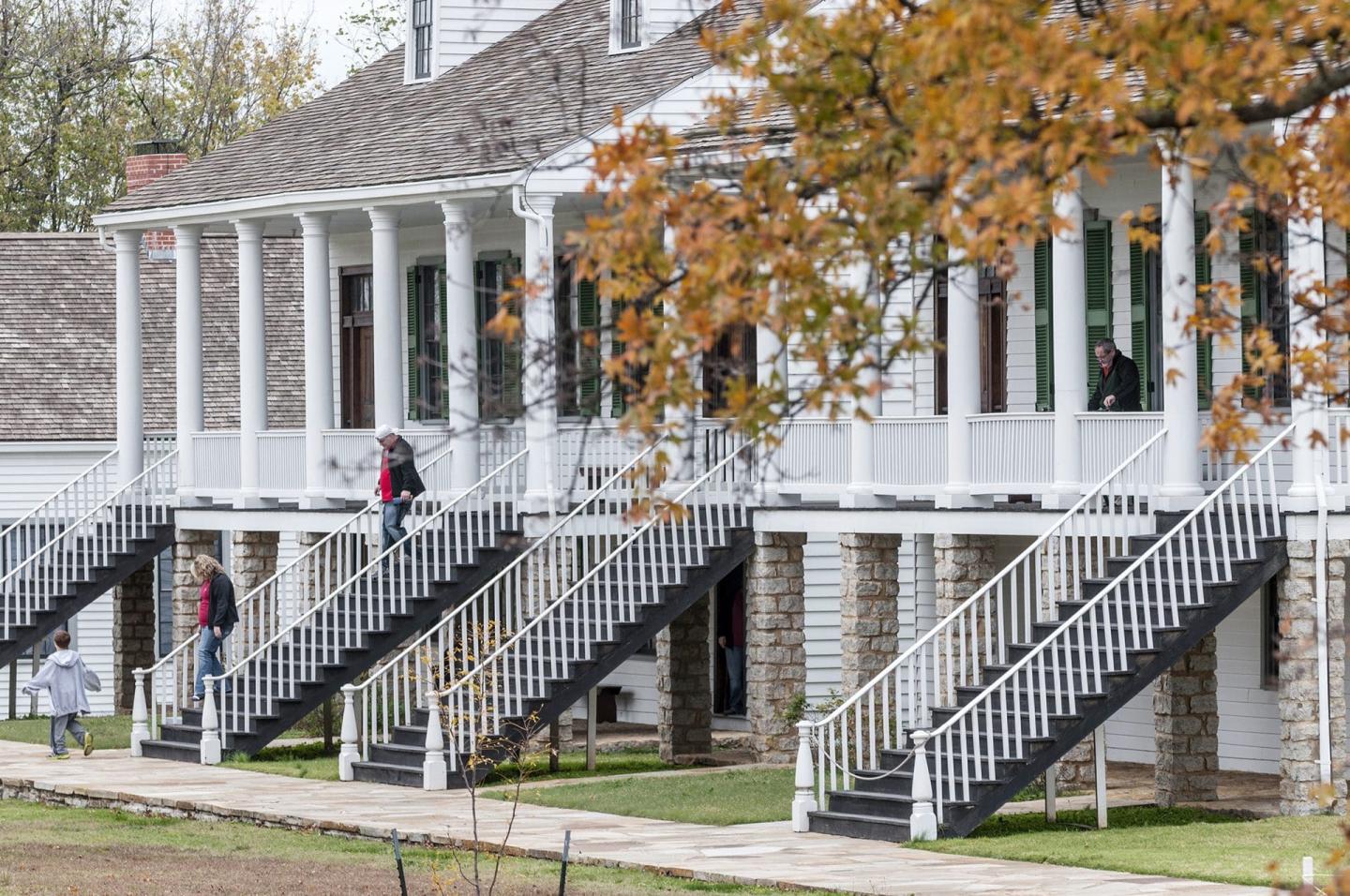
Spend a full day at Fort Scott National Historic Site and learn about the role this place played in Westward Expansion and the Civil War. Tour the restored fort, walk the grounds, and see a living history demo at this important Kansas site.
Step into history
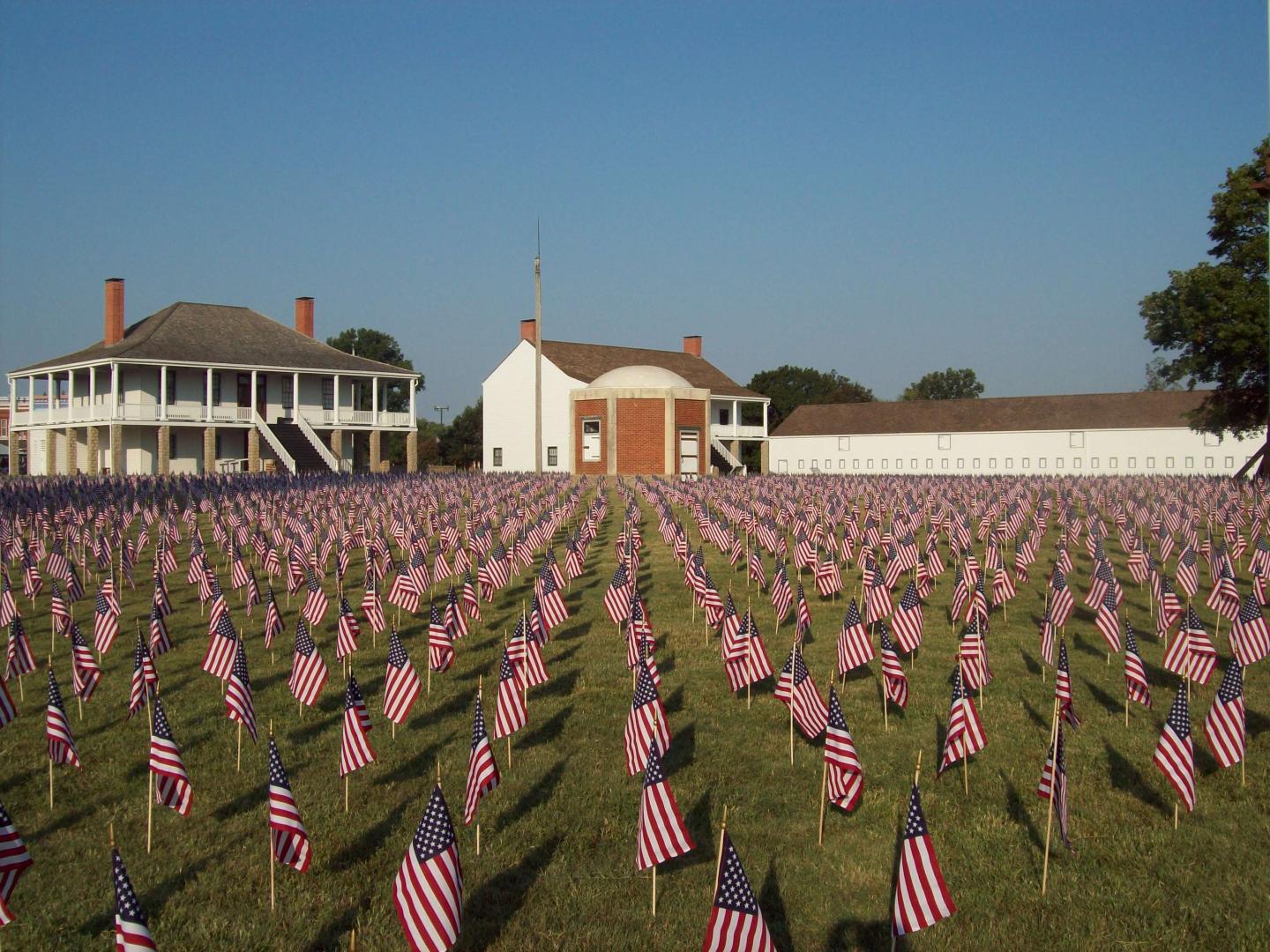
Start at the visitor center
Pick up a park map and speak with a ranger about the day’s offerings. View the short film and learn more about the fort's fascinating history.
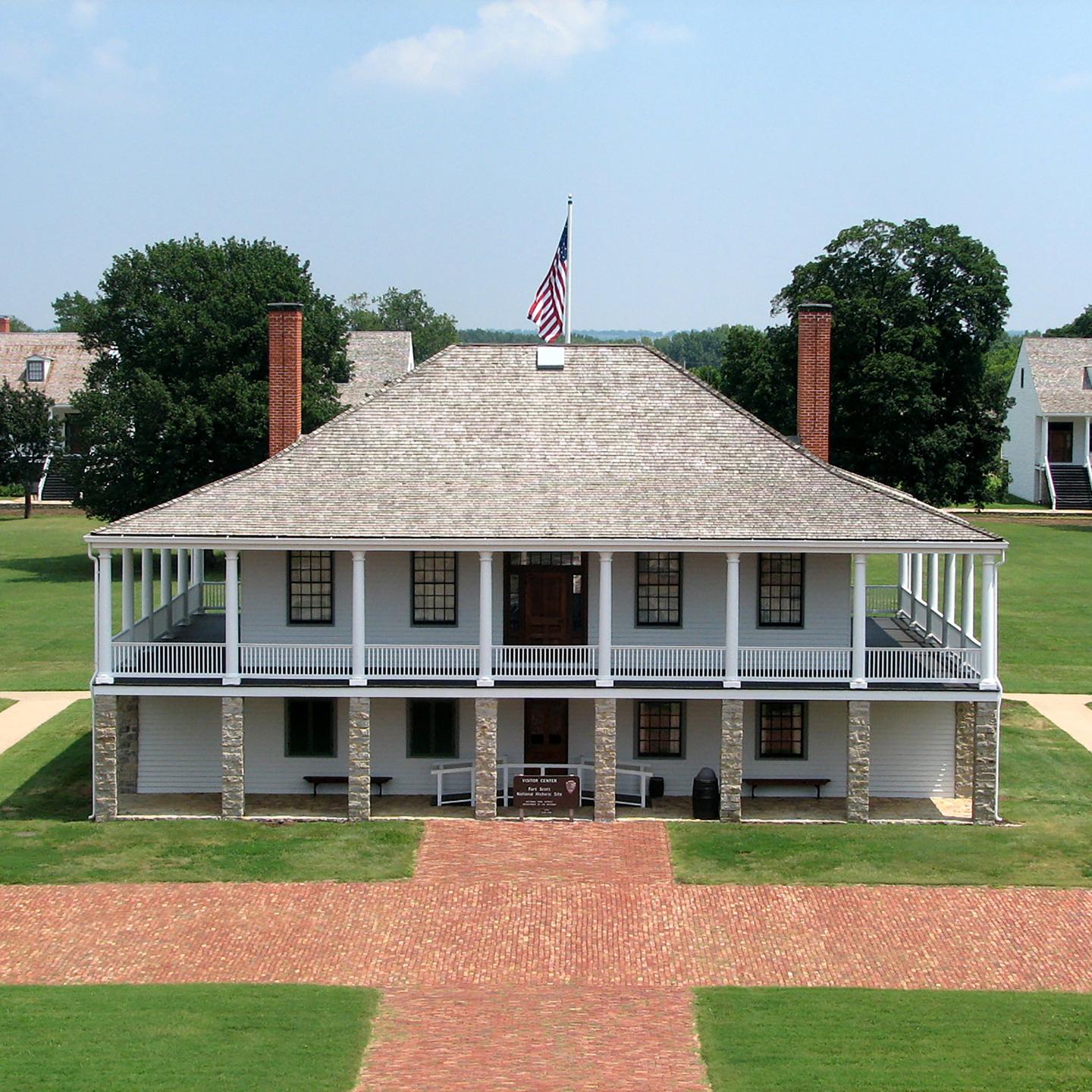
Watch an educational film
Visit the Infantry Barracks-Museum and learn about the history of the fort.
Walking through history
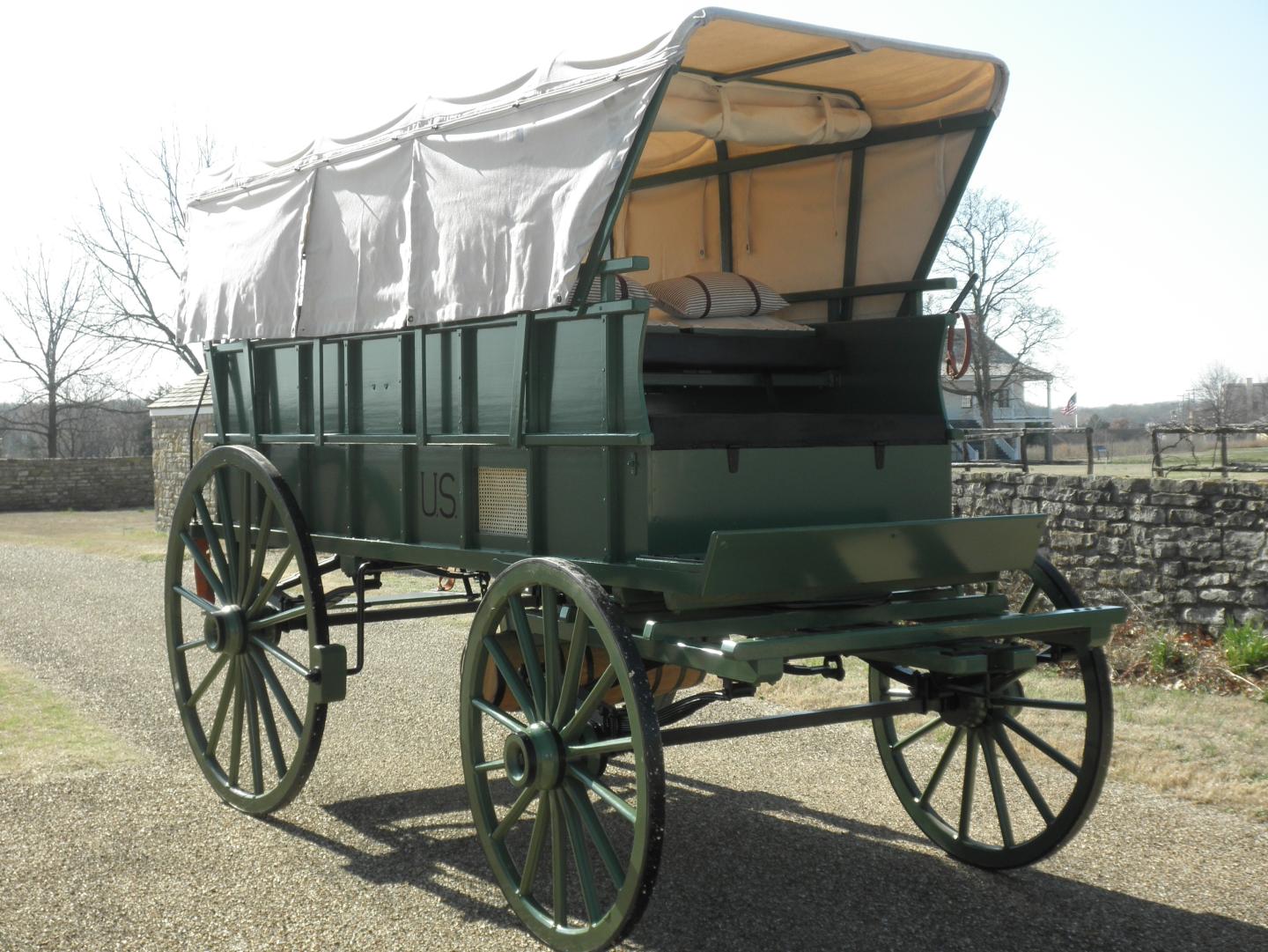
Explore the historic buildings
Twelve buildings are open to the public, from barracks, carriage houses, and offices quarters.
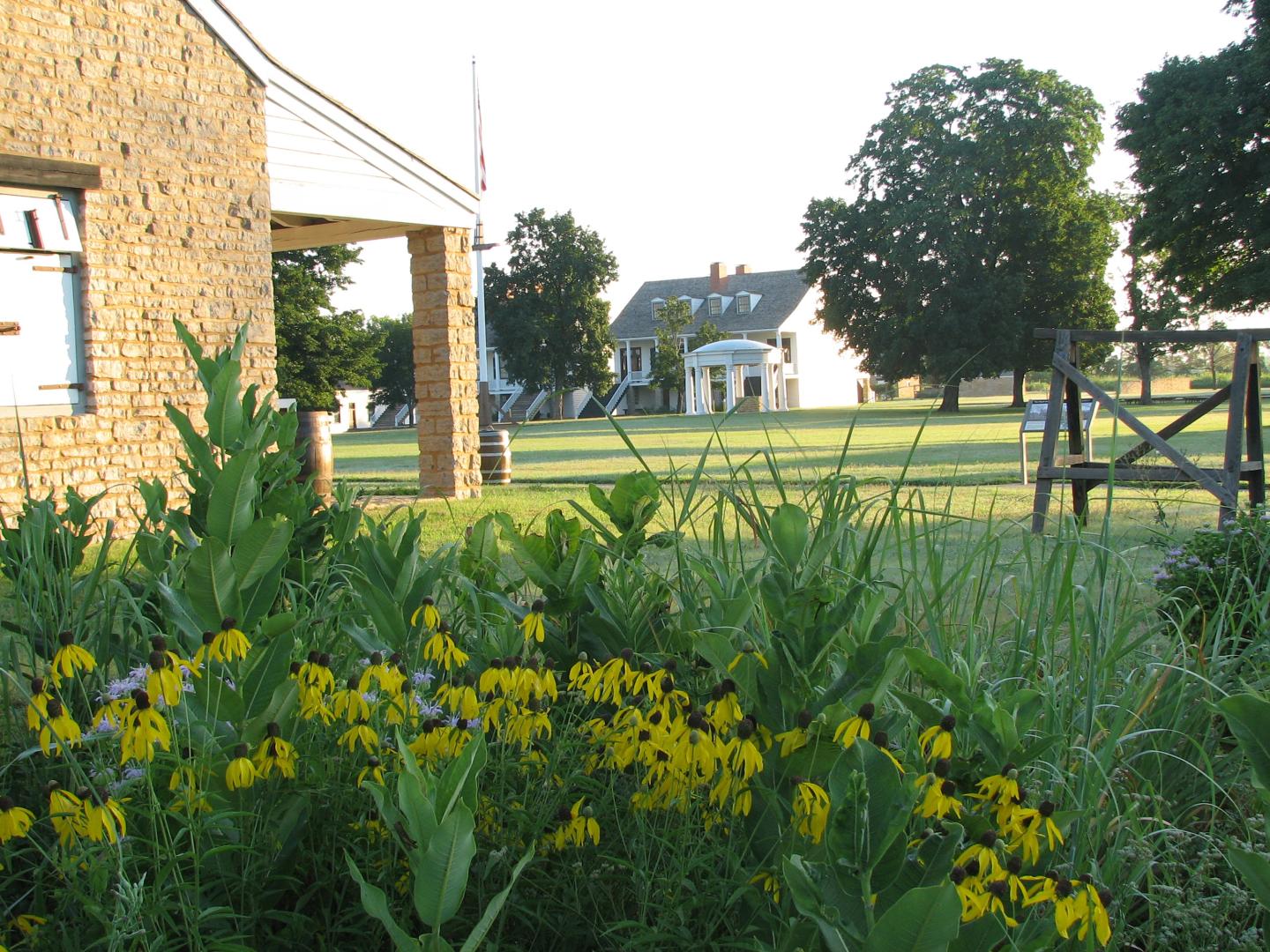
Walk the grounds
Take a stroll across the fort’s central green and along the interpretive trail, which provides insights into the town’s role during Bleeding Kansas and the Civil War.
Stories of conflict and courage
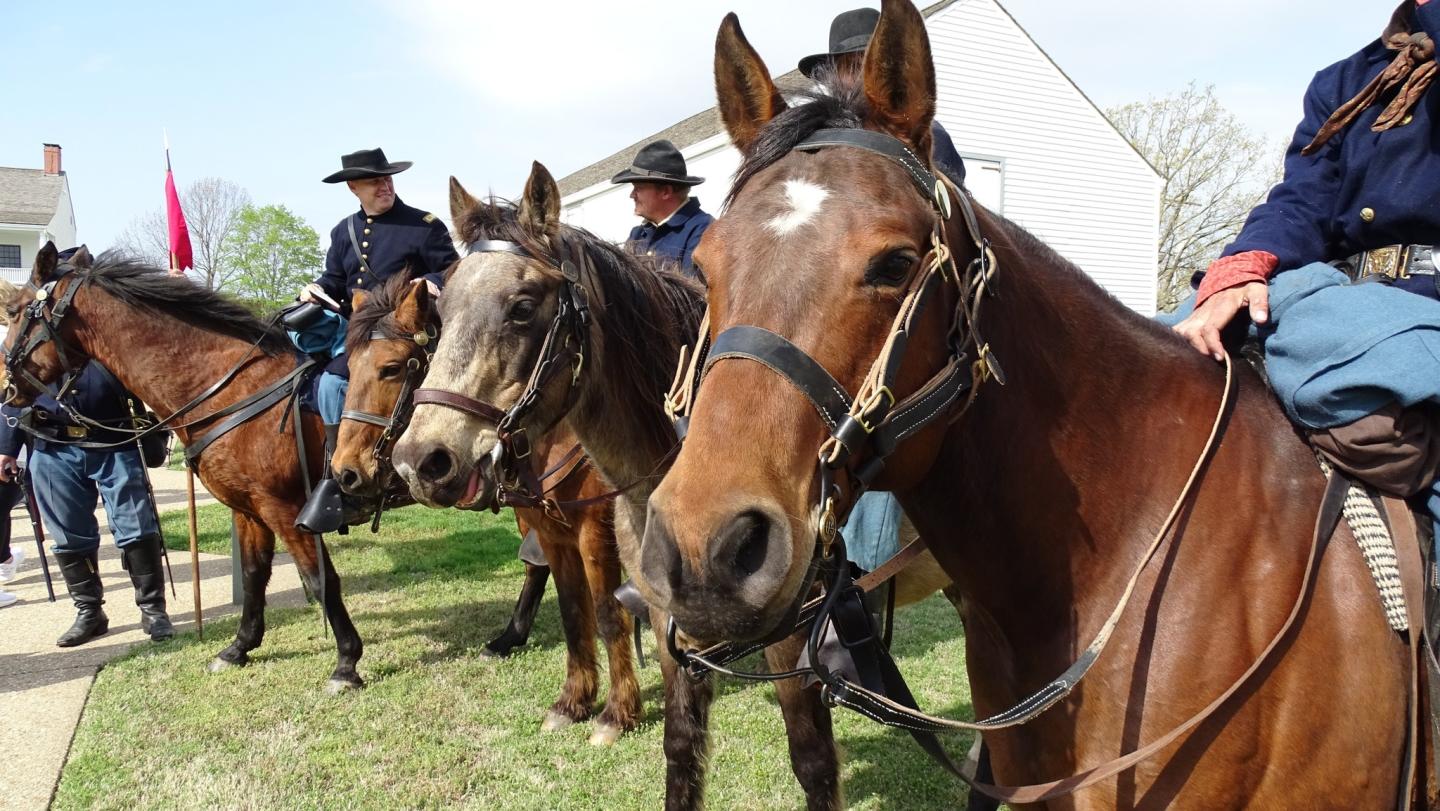
See a ranger program or living history program
If available, join a ranger-led tour or watch a living history demonstration. Fort Scott often features reenactments of drills, cannon firings, or seasonal candlelight tours.
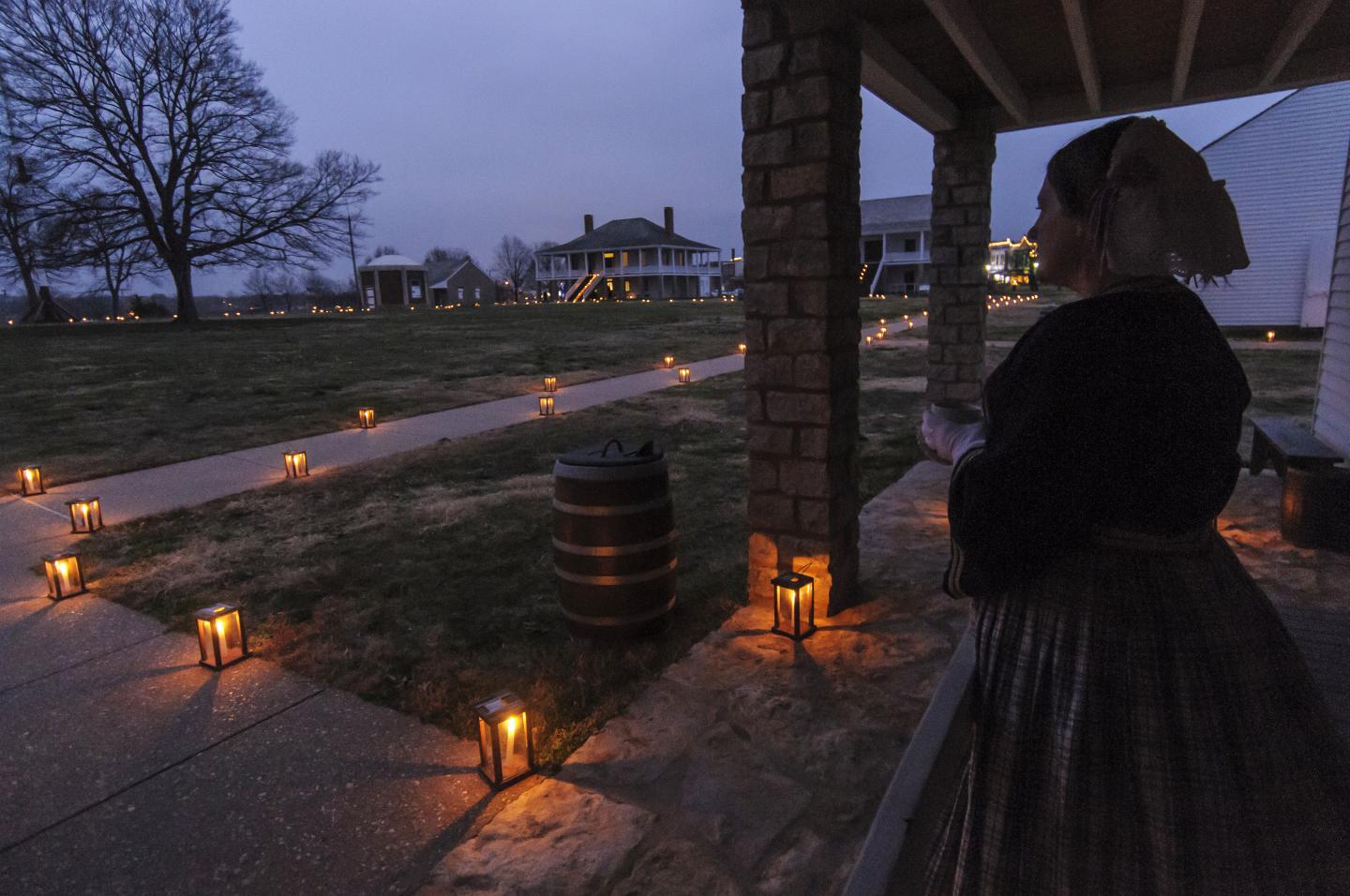
Before you go
Browse the WNP park store inside the visitor center for insightful reads, gifts, and souvenirs to continue your journey into history.
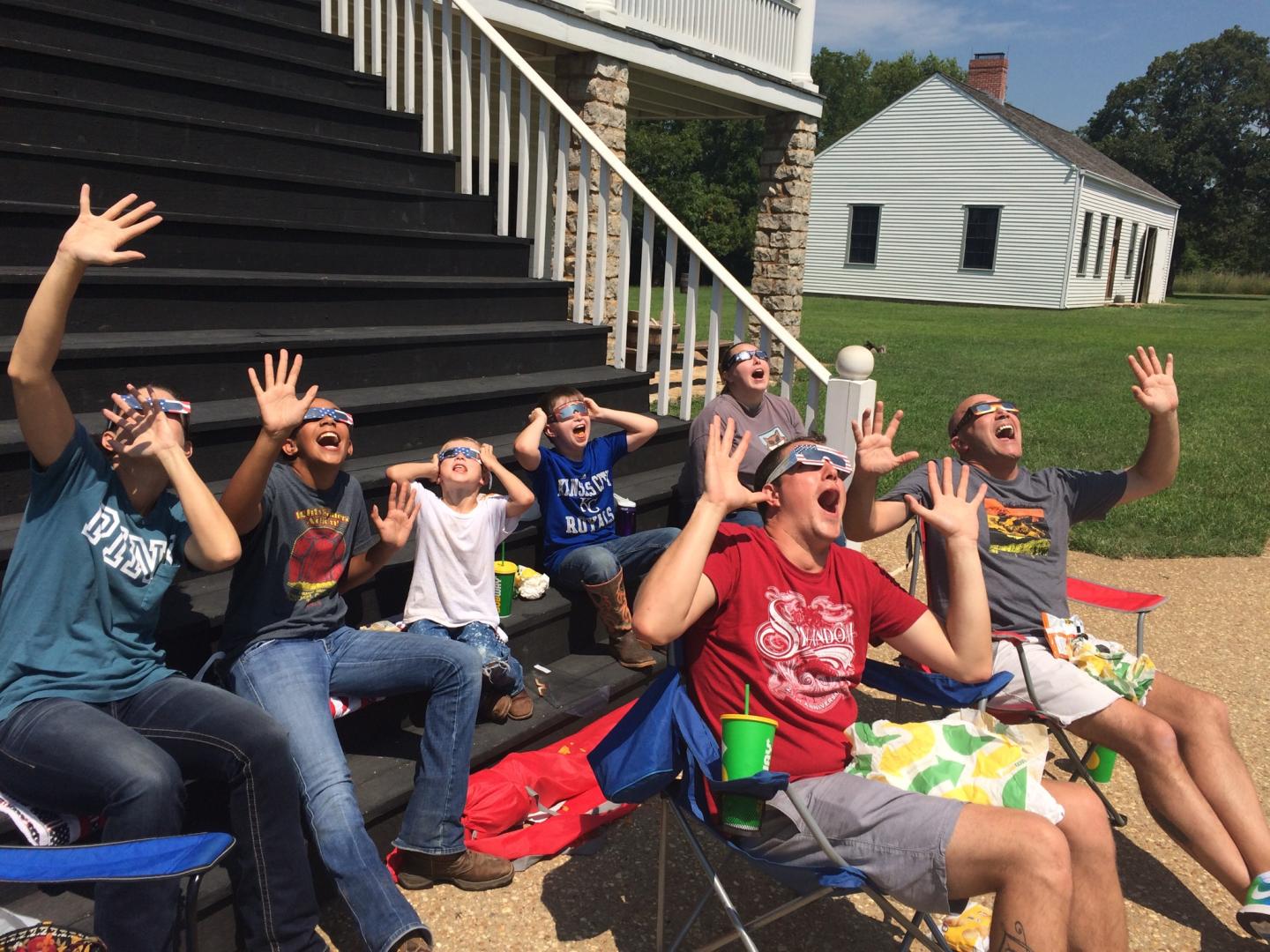
Junior Ranger program
You're never too old to be a Junior Ranger. Call the park or visit the park's calendar to learn more about the programs available at Fort Scott.
Visit Smart
Plan ahead
Check the park’s event calendar for ranger talks, living history weekends, or other programs that may be happening during your visit. The site is open year-round with seasonal programs.
Dress for the outdoors
Wear comfortable shoes and bring sun protection. Most of your visit will be outdoors walking between buildings and exhibits.
Check the weather
If visiting during the winter, be sure to check road conditions before you make the drive.
Leave no trace
Fort Scott and the surrounding region are important to many Indigenous peoples, including the Osage Nation and others who lived on and were displaced from this land. Visit with respect.



